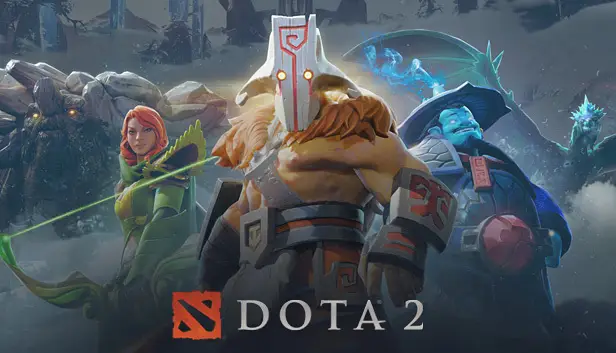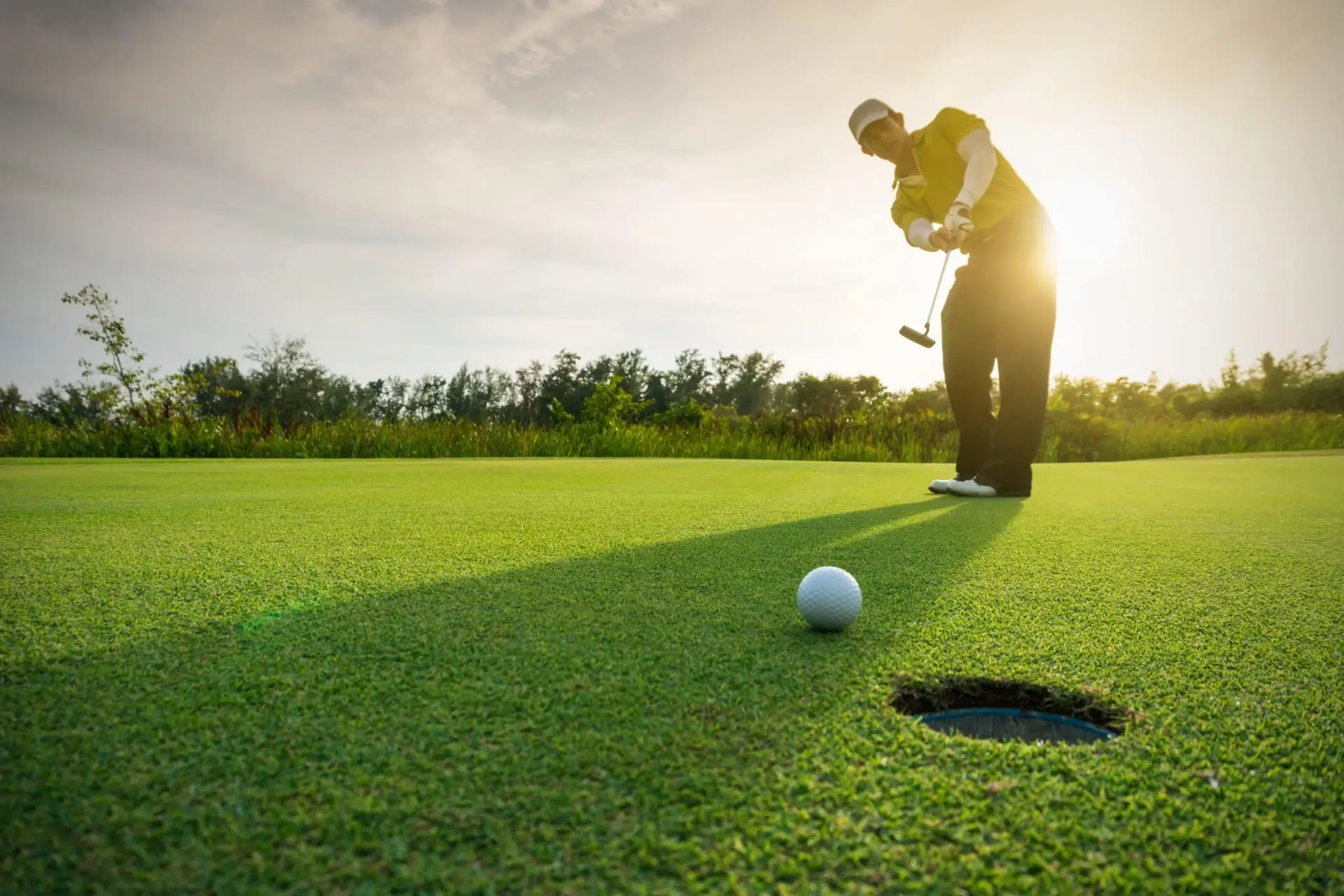Every goal requires methodology. Especially in Dota. The game mechanics are complex, the match dynamics are unpredictable and success depends on dozens of variables. How to increase MMR in Dota 2 is not a question of chance, but of a systematic approach. The path to high ranks only opens up through discipline, clear analysis and personal adaptation to the meta and role position.
Game structure: How to increase MMR in Dota 2
MMR does not come from kills, but from decisions. Pace is the basis for victory. To increase MMR in Dota 2, you need to understand the structure of the match: from lane to throne. Every moment of the game requires a specific action. Mistakes in timing = handing over the initiative to the opponent.
Opening: Focus on resources
The first 8 minutes decide the outcome of an average game. Confident whipping, rune control, and manipulation of the opponent’s aggro create a head start. A good start is not just a 3:0, but two additional points in the 10th minute. In this phase, the player lays the foundation for the tempo.
Midgame: exploit the advantage
From the 12th minute onwards, strategy comes into play. Killing is not an objective, but a means. Missing a line, capturing a tower, going into the forest, and disrupting the opponent’s farming is the priority. The midgame requires a focus on resources and space. Increasing MMR in Dota 2 means not sacrificing position for frags. A player who simply runs after his opponents loses control of the map. The one who takes the territory and dictates the moves wins.
Leith: not to lose what you have won
In the late phase, every cooldown is important. A sapper’s mistake on a station means a minus point for the game. Heroes with strong Leith will emerge if they are not killed by a boost. Communication, buyback, control over Vizhen, button synchronisation – it’s not mechanics that win here, but discipline.
Build a pool of heroes and play to your strengths.
 You don’t have to master all 120 heroes to climb the rankings. It requires concentration. Raising MMR in Dota 2 means building a pool of characters that fits your style, timing and macro approach. The game becomes a system where each hero is a tool for a specific scenario.
You don’t have to master all 120 heroes to climb the rankings. It requires concentration. Raising MMR in Dota 2 means building a pool of characters that fits your style, timing and macro approach. The game becomes a system where each hero is a tool for a specific scenario.
Specialisation vs. chaos
A limited but sophisticated pool of heroes provides stability. A player who has three main characters gains control over laning, artefacts and macro choices. Each choice is not just a guess, but a conscious decision. Specialisation accelerates reflexes, promotes automatism and improves accuracy. Confidence is built when each match is a continuation of the previous experience. It makes more sense to switch to a new hero every 30 matches than to switch three times in one session.
Power Play: Unlocking advantages
A hero should not solve everything alone. He should be integrated into the mechanics of the team strategy. For example, timing BKB to 20 is the point of dominance for most cows. Someone who knows their character’s strengths doesn’t farm for the sake of farming, they play at the right moment. Increasing MMR in Dota 2 means acting at the peak of strength and not waiting for a hypothetical lead. Strengths – knowledge of matchups, use of terrain, initiative in movement. The hero wins when the player realises why he is here – and why now.
Farming: How to increase MMR in Dota 2
A low rank usually reflects a mistake – the player is ignoring the economy. Understand how to increase MMR in Dota 2, it is impossible without proper farming. This is not only crypstat, but also work with map space, timings and security. In any role, competent resource gathering is necessary. Even a sapport that does not gain gold should minimise the team’s expenses.

Timing is a rhythm control. A delay of one point can decide the whole game. Key phases (BCB, Blink, Aghanim) decide whether a team can pick up the pace. How to play a Kerry to increase MMR means keeping the gold table above the server average.
Line behaviour and controlling the phases of the game
The first mistake is to underestimate Leyning. It determines what resources a player goes into midgame with. The choice of position, aggression, harassment, retreat, stack – every action creates or destroys an advantage. How to play midgame to increase mmr is to constantly push the map, not only through kills, but also through tempo.

The second mistake is the lack of control over the phases of the game. Early, mid and late phases are three different modes. The mistake is to play everything the same. How do you play as a sapper to increase MMR? You need to control the view until the 15th minute, after that you need to save Kerry, and in leit – to initiate.
Working with replay: growth begins with analysis
MMR growth doesn’t start with a new meta or a new flyhack – it starts with regular self-analysis. Replay in Dota 2 works like a training film in sports: it shows gaps that are not visible at the moment.
Mistakes on the test bench
After each match, it is important to divide the game into different phases: Lane, Midgame, Late Stage. The replay shows where the collapse took place. For example, an extra farm in the 17th minute with Aegis is a missed opportunity to apply pressure. Or a change of target on a fighter is the reason for a lost fight. Such moments are unnoticeable in person, but they scream in the record. How to increase MMR in Dota 2 means you stop blaming defeat on your teammates and start fixing the triggers for failure. The goal is to identify the repetitions in order to form a pattern of behaviour. Systemic corrections are a method of growth.
Team dynamics and communication
Dota is a team discipline, not solo karaoke. Through replay you can understand how cohesion, or lack thereof, changes the game. A bad muv at the line is often not due to mechanics, but inconsistency: one flies in, the other farms, the third stays silent. Replay shows the lag in actions and the map where they don’t push ping once in 10 minutes. How to increase MMR in Dota 2 means learning to play not only heroes, but also voice.
Micro-communication
One second of pinging over the map replaces five words. A short ‘hazard’ in timing is more important than perfect farming. A player who doesn’t waste resources spamming and arguing stays focused. Communication is invisible damage. Its absence reduces the win rate even in games with a dominant start. Replay allows you to understand where the gap in the team has arisen: between the moment of attack and the moment of reaction.
Mentality and perseverance: a psychological MMR boost
Skill in the game is only one half of the equation. The other is psychology. In Dota 2, your skill is constantly put to the test. Not just when you lose, but also when you win. A string of wins boosts your confidence. A few defeats – tilt.
Dealing with tilt and controlling the course of the game
A 0:8 on the line is not the end. Many give the game away early. The decision to tilt from minute 5 and ‘go to the woods’ cancels out more wins than a strong opponent. The power of a player begins the moment the game is not on. Controlling emotions is more important than controlling the sneak. Replay shows where decisions made under tilt have destroyed momentum. This is a step towards discipline. Patience wins. Consistency and composure keep the MMR high, even when the opponent’s skills are the same. It’s not who killed first that wins, it’s who kept the resource longer.
Mechanisms for pausing and restoring concentration
Every 3-4 games – pause for at least 10 minutes. The break resets the overheating. Changing a role or character allows you to unload your thoughts and refresh your perception. A player who has spent 8 games in a row with the same mid loses focus and motivation. To increase MMR in Dota 2, you have to consciously adjust the load. Switch off counters, hide MMR, deactivate chat – simple solutions that create a buffer. A replay in which a player has played without ranking pressure shows the purest decision-making.
How to increase MMR in Dota 2: Conclusions
 Random wins do not increase your rank. Continuous progress requires the development of habits: Watch replays, adapt to the meta, calculate the economy, study phases and work on your psychology. To increase MMR in Dota 2, you need to build your own system of winning. Only structure brings stability. Only work leads to results.
Random wins do not increase your rank. Continuous progress requires the development of habits: Watch replays, adapt to the meta, calculate the economy, study phases and work on your psychology. To increase MMR in Dota 2, you need to build your own system of winning. Only structure brings stability. Only work leads to results.
 en
en  ru
ru  de
de  ar
ar  es
es  nl
nl  hi
hi  fr
fr  it
it  pt
pt  el
el 











